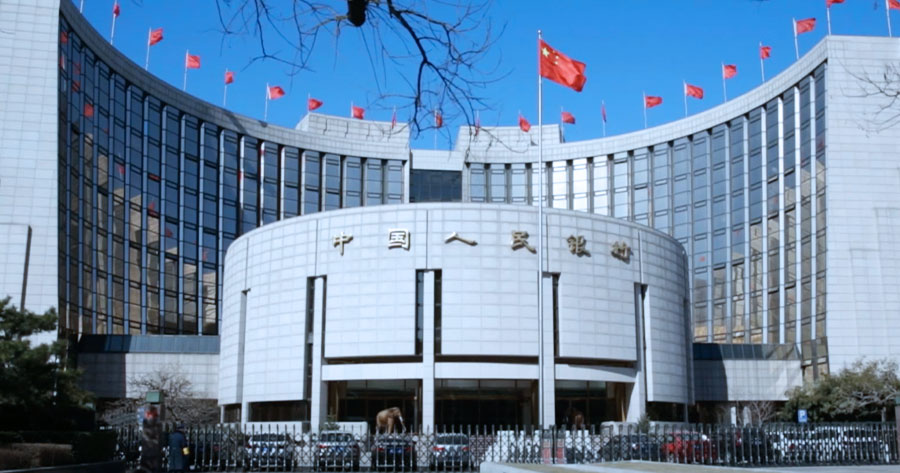Global central banks raised their interest rates this week as inflation proved to be more persistent than the market previously expected.
The United Kingdom raised rates by 50 bps yesterday, more than expected, for the 13th rate hike. Meanwhile, Switzerland increased its benchmark rates by 25 bps. Norway hiked rates by 50 bps, more than expected and also for the 11th hike.
Turkey’s central bank made a historic 650 bps rate hike to 15% and said it would go further in a reversal of President Tayyip Erdogan’s policy.
Prior to the U.S. Federal Reserve holding or skipping rate hike last week, the market was expecting the rate cycle to be near its end or even at the end as of June. However, a sharp u-turn was made after the Fed’s guidance that signalled for at least one more hike this year and possibly two by the U.S. central bank.
The European Central Bank raised its benchmark rate by 25 basis points after the Fed last week and signalled for more, while the Bank of Japan still maintained its ultra-loose policy despite calls for tightening policy.
Yesterday, Fed’s Chairman Jerome Powell made a remark saying that the FOMC broadly feels it will be suitable to raise rates again this year and perhaps two more times, but at a careful pace. The rate cut would not be happening anytime soon as the central bank wants to be confident that inflation will continue to move downward as a couple of rate hikes will take it there.
The Bank of England (BoE) also made a move that surprised the market yesterday with a 50 bps rate hike, its 13th consecutive increase to tackle persistent inflation that remains at a higher level, saying that there had been significant news suggesting British inflation would take longer to come down.
The Monetary Policy Committee voted 7-2 in favor of a half percentage point increase, taking the benchmark of the bank’s base rate to 5%, which is higher than what economists expected for a 25bps rate hike.
This has shown that the rate-hike cycle is not quite at the end of the line just yet, and it is a downside risk to stock markets.





